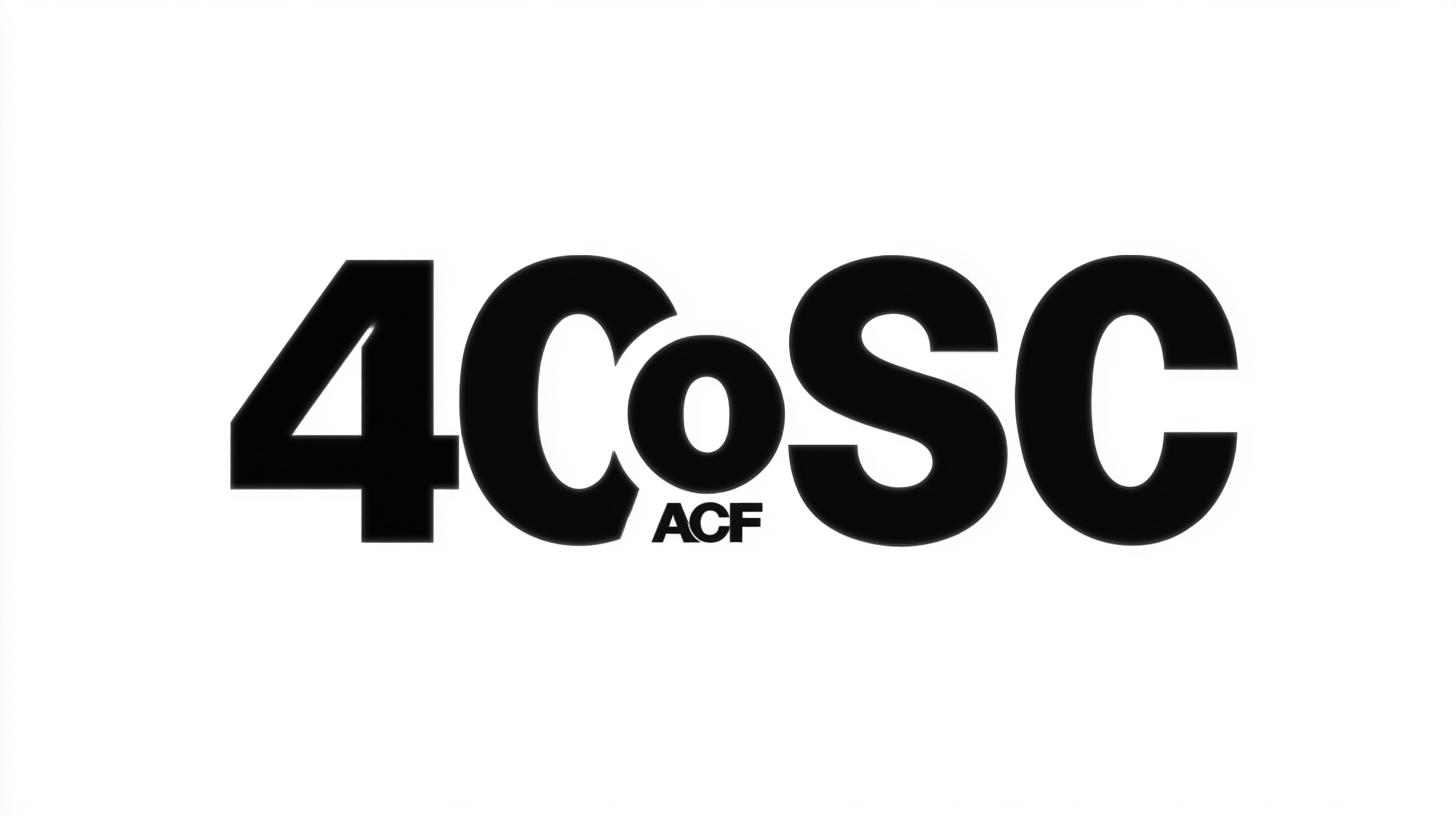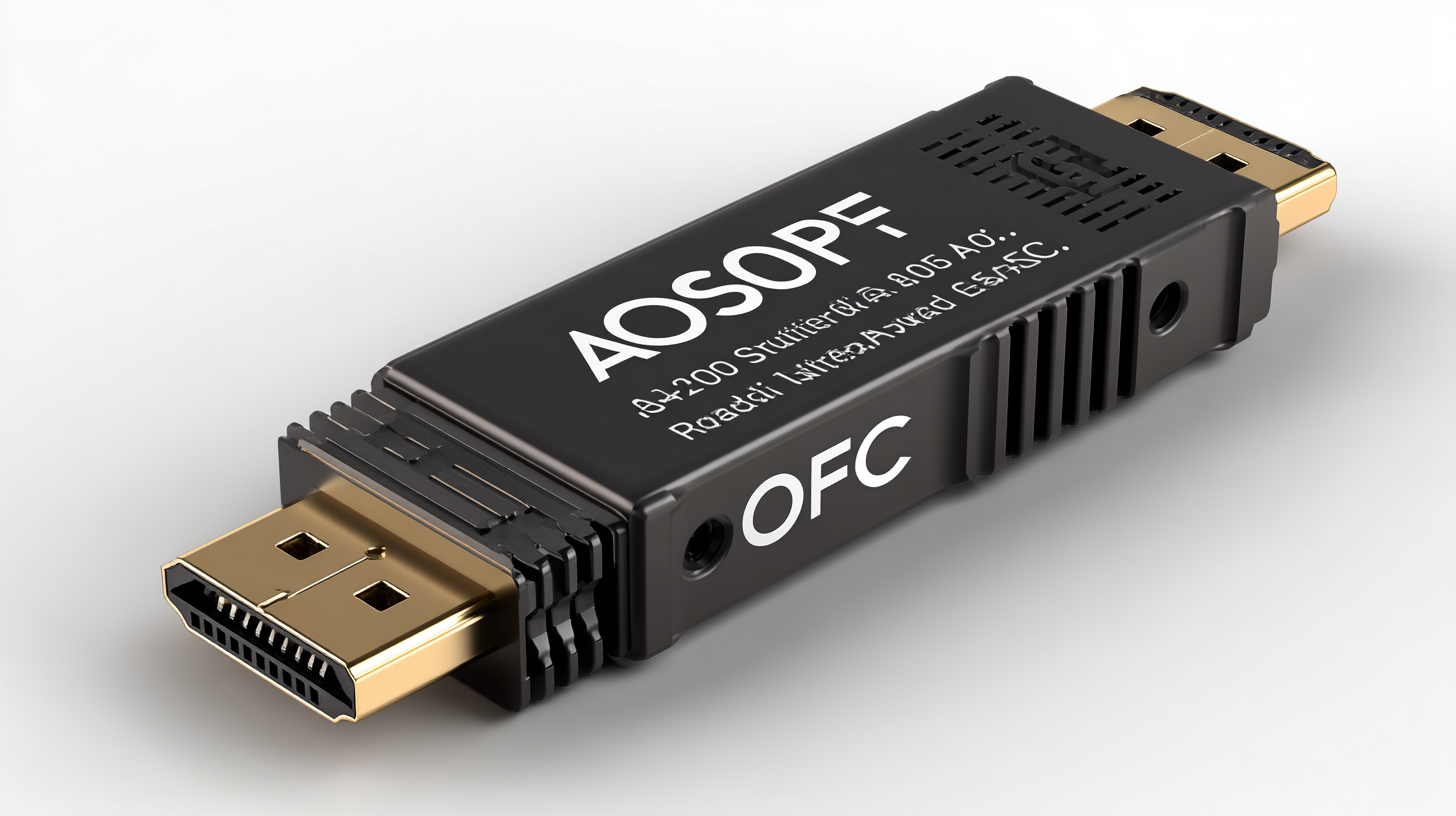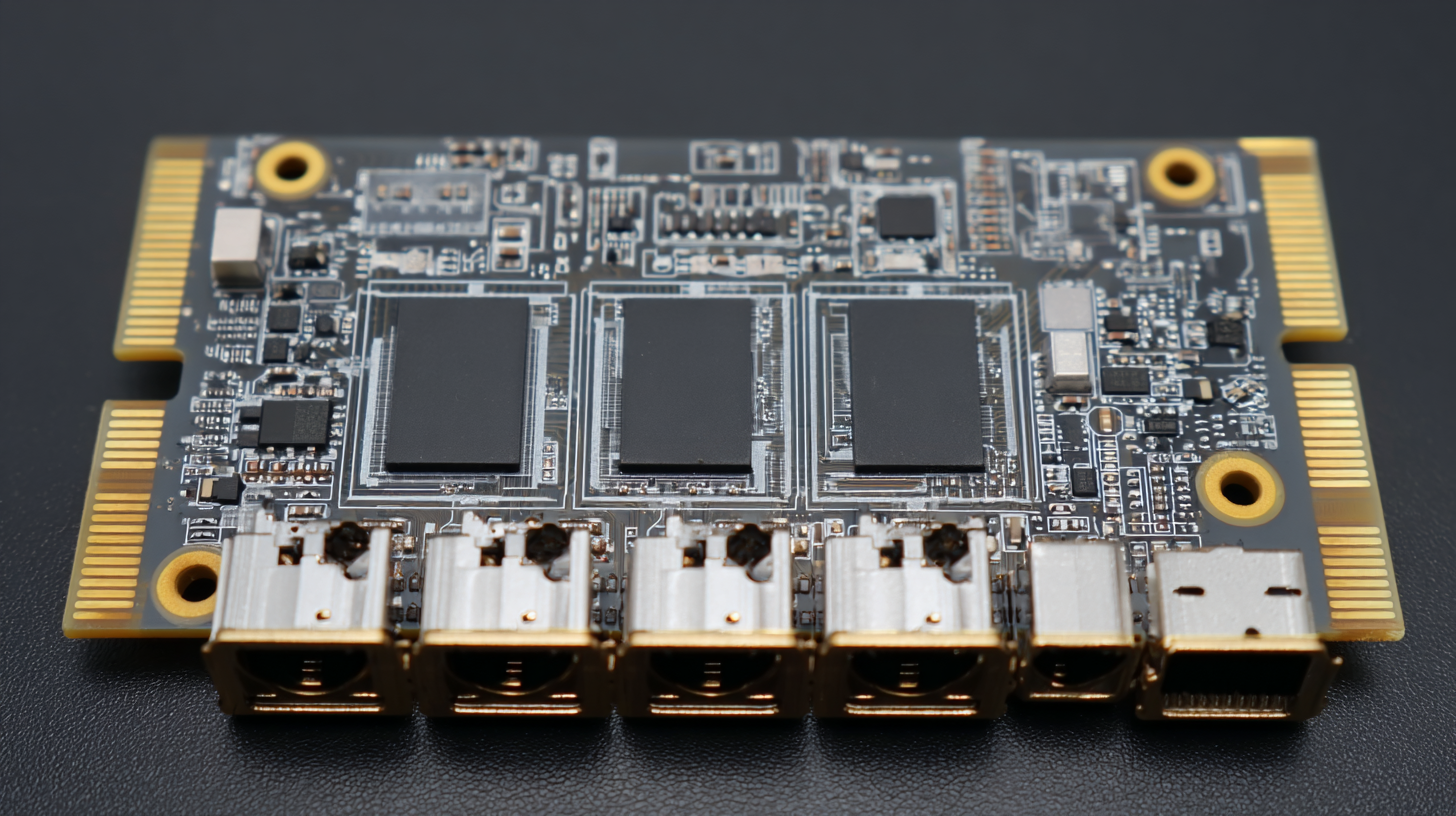Leave Your Message
As we prepare for 2025, the telecommunications industry is witnessing a transformative shift driven by the demand for higher bandwidth and faster data transmission rates. The best-performing 400G OSFP AOC (Active Optical Cable) is emerging as a cornerstone for next-generation data centers, enabling unprecedented connectivity and efficiency. According to a recent report by MarketsandMarkets, the global 400G market is expected to grow from $2 billion in 2020 to over $26 billion by 2025, reflecting a staggering compound annual growth rate (CAGR) of 70.8%. This exponential growth underscores the critical role of 400G OSFP AOC technology in supporting cloud computing, AI, and big data analytics.

As we delve into the evolution and future prospects of the 400G OSFP AOC, it is essential to examine the technological advancements, market trends, and the challenges that lie ahead, ensuring that stakeholders are well-equipped to navigate this dynamic landscape.
The rise of 400G OSFP AOC is set to transform the landscape of high-speed data transmission, driven by an ever-increasing demand for bandwidth in data centers and enterprise networks. As applications become more data-intensive, the necessity for faster and more efficient interconnect solutions has become paramount. The 400G OSFP (Octal Small Form Factor Pluggable) Active Optical Cable presents a compelling answer, offering high-density connections along with reduced power consumption compared to traditional cabling systems. This shift is primarily attributed to the growing adoption of cloud services and the Internet of Things, which continue to proliferate data traffic at unprecedented rates.
Key market drivers also include advancements in optical technology and reductions in production costs, making the 400G OSFP AOC not just a high-performance option, but an economically viable one as well. As organizations strive to enhance their network efficiency and scalability, the integration of 400G OSFP AOC into their infrastructure becomes increasingly attractive. Furthermore, the push for sustainability in technology pushes manufacturers to prioritize energy-efficient solutions, further reinforcing the favorable adoption trajectory of this innovative cabling standard. The future is bright for the 400G OSFP AOC as it meets the dual challenges of demand and efficiency in an ever-evolving market landscape.
The rapid advancement of technology has spurred significant innovations in the realm of 400G Active Optical Cables (AOC), revolutionizing the way data is transferred and enhancing overall efficiency. By leveraging the benefits of optical fiber, 400G AOCs facilitate high-speed data transmission over long distances with minimal signal degradation. This is particularly crucial for data centers and enterprises where vast amounts of information need to be exchanged rapidly without latency.
Recent developments in 400G AOC technology have also focused on miniaturization and integration. Sophisticated manufacturing techniques have enabled the design of more compact cables that not only save space but also reduce power consumption. Furthermore, new materials and advanced signal processing algorithms contribute to improved performance, enabling these cables to achieve higher bandwidths while maintaining seamless connectivity. As organizations increasingly adopt cloud computing and data-intensive applications, the role of 400G AOCs in supporting robust and efficient data transfer solutions cannot be overstated.

The adoption of 400G OSFP AOC technology is rapidly accelerating as major players in the telecommunications and data center sectors recognize its potential to enhance network performance. According to a report by Deloitte, the global market for 400G optical interconnects is projected to reach $5.7 billion by 2025, driven by the increasing demand for higher bandwidth and low latency solutions. Companies like Amazon Web Services and Microsoft are already incorporating 400G OSFP AOC into their data center architectures, enabling more efficient data transmission over longer distances compared to traditional copper solutions.
Furthermore, a 2023 study from MarketsandMarkets highlights that the rise of 5G and edge computing significantly contributes to the growth of 400G technologies. As service providers seek to support the burgeoning traffic from mobile and IoT devices, the need for robust optical solutions becomes paramount. Notably, leading manufacturers such as Cisco and Juniper Networks have begun integrating 400G OSFP AOC into their offerings, signaling a strong industry commitment to this evolving standard. The seamless migration from 100G to 400G solutions not only meets existing demand but also positions businesses to capitalize on future advancements in networking technology.
This chart illustrates the projected adoption rate of 400G OSFP AOC technology from 2021 to 2025, highlighting the significant growth expected as the industry evolves and major players continue to integrate this technology.
The demand for 400G optical solutions is steadily rising, driven by the exponential growth in data traffic and the ongoing deployment of 5G networks. With the global optical transceiver market expected to escalate from $14.70 billion in 2025 to an impressive $42.52 billion by 2032, the compound annual growth rate (CAGR) of 16.4% highlights a shift towards higher bandwidth solutions. This shift is critical as organizations strive to enhance their infrastructure to accommodate the increasing complexities of data transmission and connectivity.

Communication service providers (CSPs) are repositioning their strategies to capitalize on these trends, prioritizing investments in high-speed optical transceivers, including the industry-leading 400G OSFP Active Optical Cables (AOCs). As businesses navigate the challenges posed by burgeoning data requirements, these advancements in optical technology not only support enhanced network performance but also enable CSPs to optimize their operations and service offerings. The anticipated growth trajectory underscores the importance of innovation and adaptability within the optical transceiver market, paving the way for a future defined by faster, more reliable data communication.
The 400G OSFP AOC market is at a pivotal stage, particularly in emerging markets where the demand for high-speed data transmission is surging. While opportunities abound, stakeholders must navigate significant challenges, including infrastructure limitations and varying regulatory landscapes. Understanding these dynamics is key to leveraging the growth potential in these regions.
Tips for businesses looking to thrive in this arena include investing in infrastructure development and fostering partnerships with local providers. This can help bridge the gap in existing capabilities and streamline operations. Additionally, staying informed about regulatory changes and adapting strategies accordingly will enable companies to respond swiftly to market fluctuations.
It's also essential to focus on customer education, as many potential users may be unfamiliar with the advantages of 400G OSFP AOC technology. Hosting workshops or webinars can effectively illustrate the benefits and applications of this technology, paving the way for greater acceptance and adoption in the market. Engaging with the customer base will not only enhance brand loyalty but also facilitate feedback that can drive product improvements.
